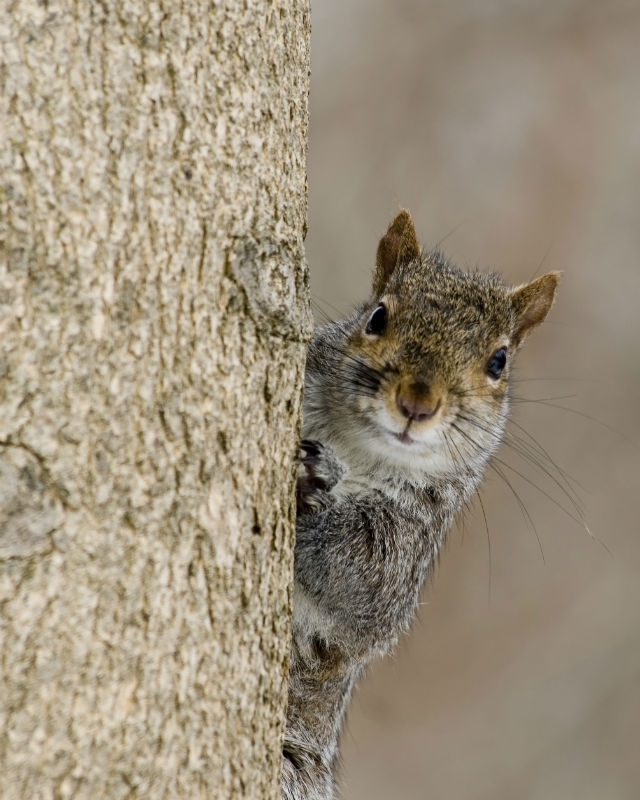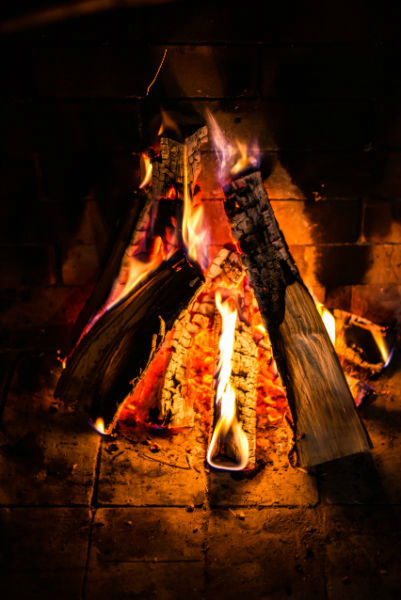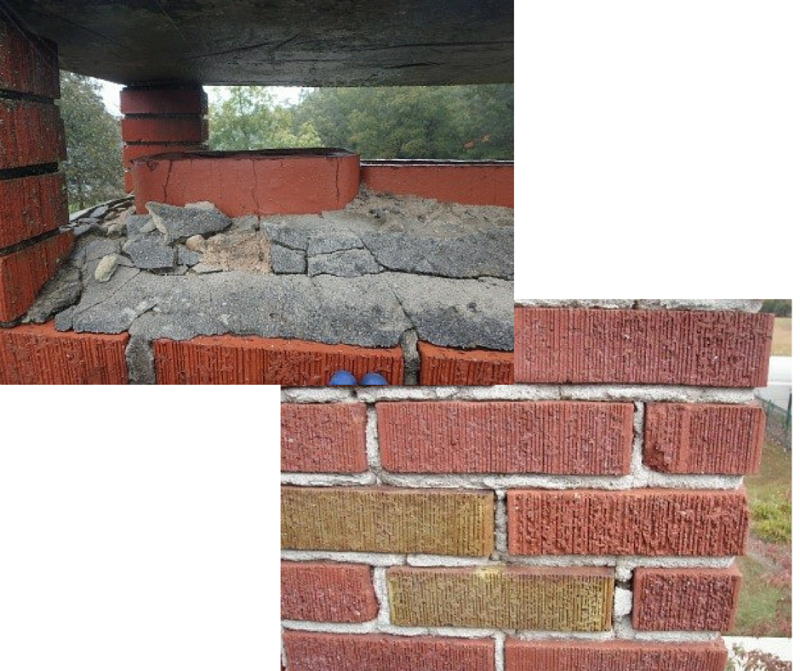by Renee Brigman | Jan 11, 2018 | Chimney Fires
Two common causes for these fires occurring more often in late December and early January: Burning of wrapping paper and old trees after Christmas. – Burning materials aside from the designated fuel can result in a devastating chimney fire, but in reality, even...

by Renee Brigman | Jul 6, 2016 | Animal Removal Part 2
Is there something ALIVE stuck in my chimney? It could be an animal (such as a squirrel or a bird) that has fallen down the chimney and cannot get out. Squirrels If you hear a squirrel scuttling around in your chimney, it is likely that it is trapped unless you have...

by Renee Brigman | Dec 9, 2015 | Scheduling Appointments
That’s another REALLY good question! There’s a couple of really good reasons. Supply and Demand: The demand for services during the Winter season usually exceeds the supply of qualified technicians to perform the needed services. Kinda like trying to get your air...

by Renee Brigman | Nov 25, 2015 | Stinky Chimney
Wood-burning fireplace chimneys smell smoky whether they’ve just been swept or not, because no matter how thoroughly the flue is swept, every trace of soot and soaked-in creosote cannot possibly be removed. Even if every microscopic remnant of wood smoke...

by Renee Brigman | Nov 6, 2015 | Leaky Chimney
Your chimney has NEVER leaked before! Why now? Well we’ve gotten more rain around here than we’ve had in 200 years, and the sad fact is – a chimney is just a big sponge. Like a sponge — when it gets saturated, the water will run out anywhere and anyhow it can....




